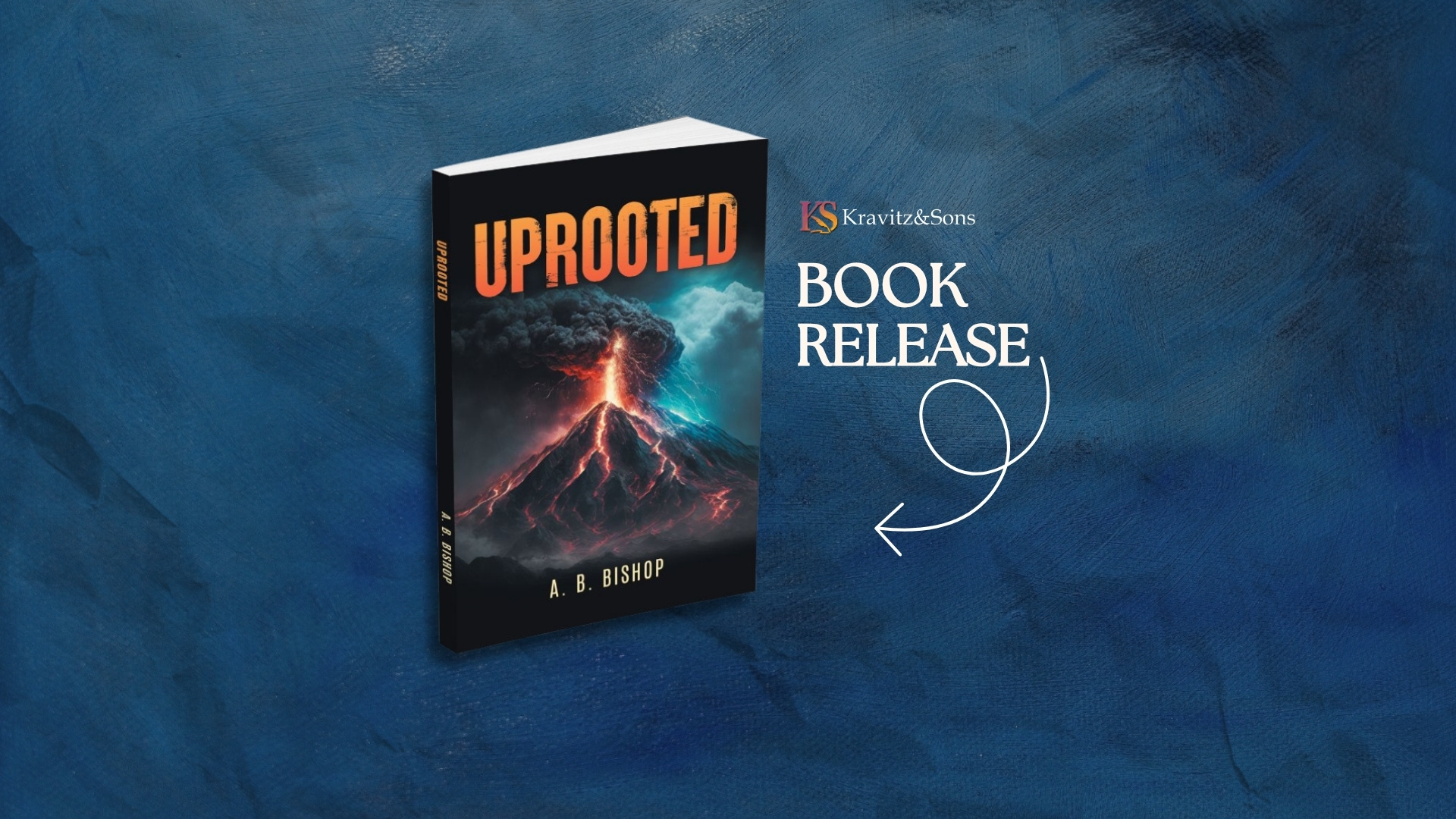When the Earth Breaks, the Human Spirit Fights to Endure
The world can crumble in a single breath, and that’s exactly what happens in Uprooted by A. B. Bishop. This isn’t your typical end-of-the-world story—it’s more grounded, more human. Bishop takes a quiet, ordinary life and drops it into absolute chaos, where survival is no longer about strength but heart. From the peaceful farmlands of Colorado to the deafening roar of the earth splitting apart, the book captures both destruction and resilience in the most vivid way possible.
It’s rare to read something that feels this real, where you can almost smell the smoke, feel the grit, and sense the fear of not knowing what’s next. Uprooted grabs you from page one and never really lets go, even when you close the last page.
Life in the Ruins
What begins as a calm story of two women seeking peace on a Colorado farm quickly transforms into a fight for survival when the Yellowstone Caldera erupts, setting off a chain reaction that tears the continent apart. Bishop doesn’t rush the chaos—she lets it build, slowly and terrifyingly, through small moments. The cows still need milking. The dog still waits by the door. But outside, the world is literally ending.
In the central part of North and Central America, from Yellowstone south beyond Mexico City and north through Canada to the Arctic Circle, there were multiple eruptions of newly active volcanos, that had been dormant for thousands of years. The earth shook with earthquakes and huge fault lines had opened up in the earth. When the Yellowstone Caldera erupted, it triggered massive seismic rifts, allowing hot lava to rise from the earth’s core.
Uprooted, Chapter 6, p. 25
The most gripping part isn’t the disaster itself—it’s the human spirit that keeps pushing forward. Beth, Marie, and their neighbors try to piece together a new version of normal when the old one is gone for good. It’s the kind of story that makes you think about what you’d hold on to if everything you knew disappeared overnight.
There’s a standout moment when Beth realizes the magnitude of what’s happening—not just a storm, not just a quake, but a total rewriting of life on Earth. The calm realism of her voice makes it hit even harder. She doesn’t panic; she acts, plans, and keeps her faith alive even when she’s unsure if the next breath will be her last. That scene alone captures the core of Uprooted: the will to survive when survival feels impossible.
The Mind Behind the Masterpiece
A. B. Bishop has always had a deep fascination with human resilience, and it shows. Her writing blends realistic science with emotional storytelling, creating a post-apocalyptic world that feels disturbingly close to reality. Bishop’s background in education and environmental awareness shines through—she writes with an understanding of how fragile our systems are, but also how powerful people can be when pushed to the edge.
Her earlier works explore change, adaptation, and human behavior, but Uprooted takes that reflection to another level. It’s clear she did her homework, grounding the story in science and survival logic rather than fantasy. This makes her novel stand out in a genre that’s often dominated by spectacle instead of soul.
Why This Book Really Matters
Uprooted is more than just a disaster story—it’s a mirror held up to our world and our choices. It’s a must-read for anyone who loves stories that balance fear with faith and destruction with hope. The book invites you to ask yourself: how do you rebuild when everything is gone?

